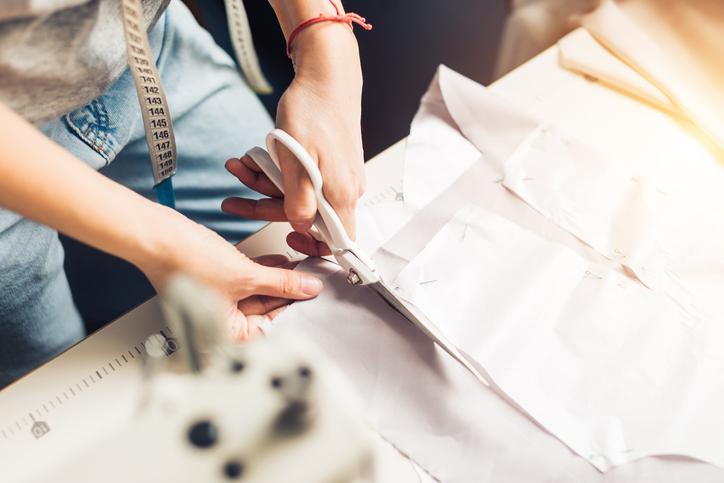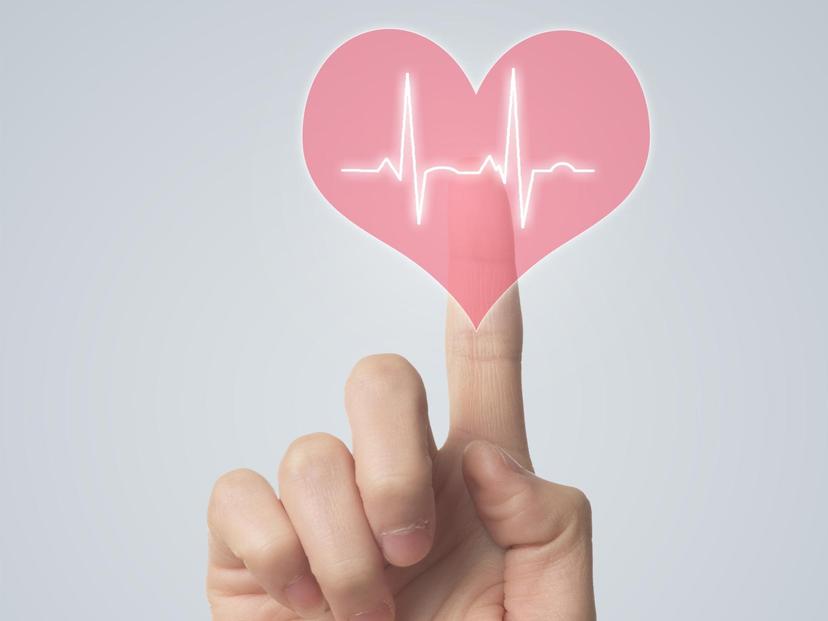19 октября 2021
Unusual Varicose Veins: Pelvic Vein Dilation


19 октября 2021
Unusual Varicose Veins: Pelvic Vein Dilation
## Where and how does it hurt?
Some diseases are very difficult to identify and differentiate, and pelvic varicose vein (PVVMT) condition is among them. Men can also suffer from this condition with gonadal vein damage, but it is most common in women between the ages of 25 and 45.
What are some symptoms that may indicate you are experiencing this problem?
- Lower abdominal pain that occurs after prolonged sitting or exertion, hypothermia, overheating, or stress radiating to the perineum, lower back, or rectum. They usually increase during ===the second phase of the cycle and reach their peak during menstruation.
- Prolonged or heavy menstrual bleeding.
- Disorders of pelvic organs: painful and frequent urination, incontinence, sensations of incomplete emptying of the bladder, or false urge to empty it.
- Unpleasant sensations, pain during intimacy.
- The most visible symptom is varicose veins on the external genitals: in the perineum, lower abdomen, inguinal areas, on the posterior surface of the thighs. However, it is not always present.
- VVMT often shows up with leg varicose veins and hemorrhoids.
## Who can help?
Patients often go to proctologists, urologists, nephrologists, gastroenterologists, surgeons with similar symptoms. This sometimes leads to the patient being treated for years without getting relief, when, in fact, they need to consult a phlebologist or a vascular surgeon.
However, it is still worth it for women to visit their gynecologists and men to visit their proctologists. This is important to do to exclude other more common pathologies with similar symptoms. Women will also have to undergo a standard ultrasound examination.
The next step is a special ultrasound examination of the blood flow in the pelvic veins, both through the anterior abdominal wall and through the vagina. After that, the doctor may prescribe magnetic resonance and X-ray phlebography.
## How to treat it
Fortunately, in 70 % of cases, treatment of this disease is possible without surgical intervention. Anti-inflammatory drugs are used for pain relief, and hormonal drugs and tranquilizers can be used. Keep in mind that treatment should always be prescribed by a doctor and under medical supervision.
And don’t forget about prevention. Physical activity will help, which can include swimming, running, and walking. Wearing compression underwear and enacting a diet aimed at preventing constipation will also help.













